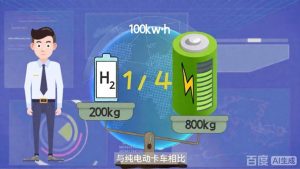Different from traditional lead-acid batteries, lithium batteries are used for the following characteristics:
- Lithium-ion battery charges faster, and it only takes 2-3 hours to complete the charge;
- And lithium batteries do not need to add water to the electrolyte;
- There is also no acid residue build-up on the battery box of a lithium battery forklift that can cause short circuits.
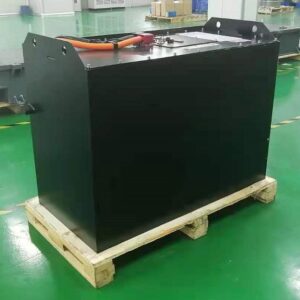
Forklift power battery maintenance is one of the things that drive your fleet, and on average, a forklift battery will last 10 years of single-shift operation. Proper care and maintenance can extend li-ion battery life for up to ten years and more. To get the most out of your battery, you can extend the life of your forklift battery by following these simple precautions when charging, operating, and disposing of your forklift battery.
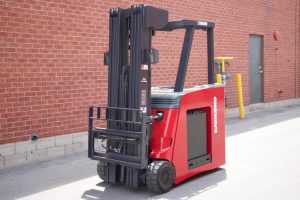 As you know, charging the battery is easy and quick; check that the charger cable is in good working order, then connect the male and female connectors together, after a few hours, the indicator says it’s fully charged and you need to disconnect the charger.
As you know, charging the battery is easy and quick; check that the charger cable is in good working order, then connect the male and female connectors together, after a few hours, the indicator says it’s fully charged and you need to disconnect the charger.
However, if you want to make the process as safe and efficient as possible, you should follow more specific rules.
When to charge?
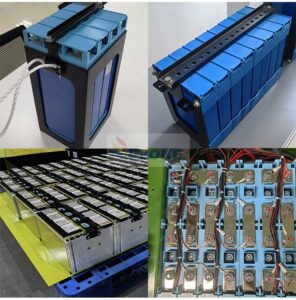
A lot of people ignore the readings on the battery, some don’t even know how to check them, it’s actually quite simple, stop using the battery as soon as you notice it reaches 20-30% charge. Continuing to use more than 20% of the battery will negatively affect its lifespan. Additionally, deep discharge can cause electrical components to overheat and damage the forklift. Batteries are the power source of any vehicle; without them, your equipment is useless,
Charging by forklift type
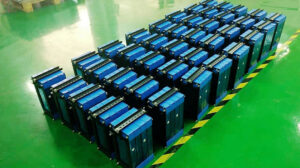
If your forklifts work in a particularly large warehouse, there are many types of forklifts, each with a different task and purpose to accomplish; for example, pallet trucks are convenient for moving small boxes, and reach trucks are designed to lift and Deliver goods to hard-to-reach areas. As a result, different devices will require different batteries and chargers; this may sound obvious, but when using forklift batteries, make sure you don’t mix these while charging, as this could cause irreparable damage.
Use fast charging sparingly
Maybe you ordered a Li-ion battery that supports 1C/2C Fast charging, But please learn that it will shorten the life of the battery. A good quality lithium battery can generally be recharged 3000 times, and the more times it is recharged, the faster it will be used up. So there is no need to charge it when the battery is above 50%. If charged once a day, the battery can last for nearly 10 years.
Do not leave a depleted battery for long periods of time

Just like your cell phone battery, a forklift lithium battery should be charged regularly, even if you won’t be using it for a long time.
Due to the characteristics of the lithium iron phosphate battery itself, once the battery cell is faulty, it will usually only swell rather than explode. If the battery is found to be defect, be sure to replace the broken cell with a new one.
Also some small tips,
- Lithium batteries are heavy, so be careful not to press them on your feet when handling them.
- Avoid placing metal near the battery, as this may result in electric shock.
- Also, use only insulated tools when replacing or adjusting terminals.
While lithium batteries for forklifts are expensive, they are cheaper to own in the long run because you only need to invest every 10 years. Ensure your operation gets the most value from their electric forklifts with proper battery maintenance and charging.
If you would like to purchase or customize a high-quality forklift lithium battery for your machine, please contact Evoke Energy for questions about electric forklifts, pallet jacks or batteries.
References:
Faust, Brian. “Proper Care, Safety and Maintenance of Forklift Batteries.” MHLNews. Penton, 21 Nov. 2014. Web. 13 Dec. 2016.



